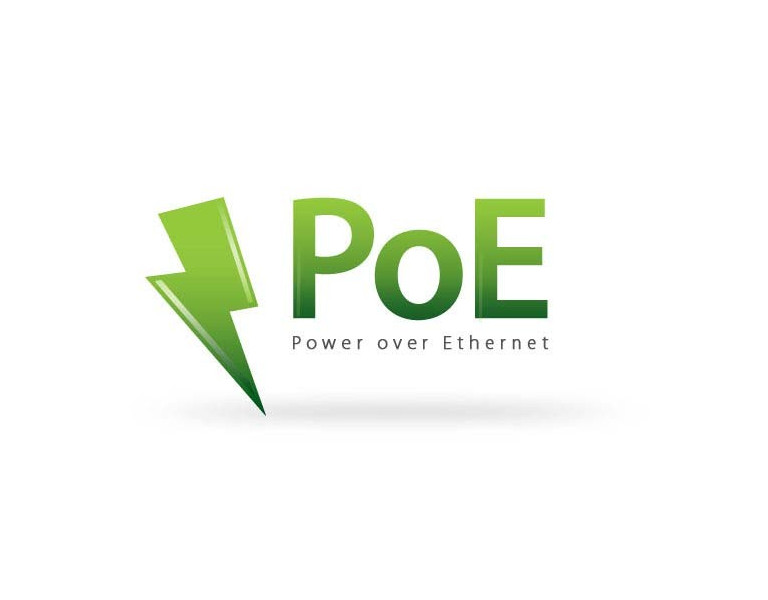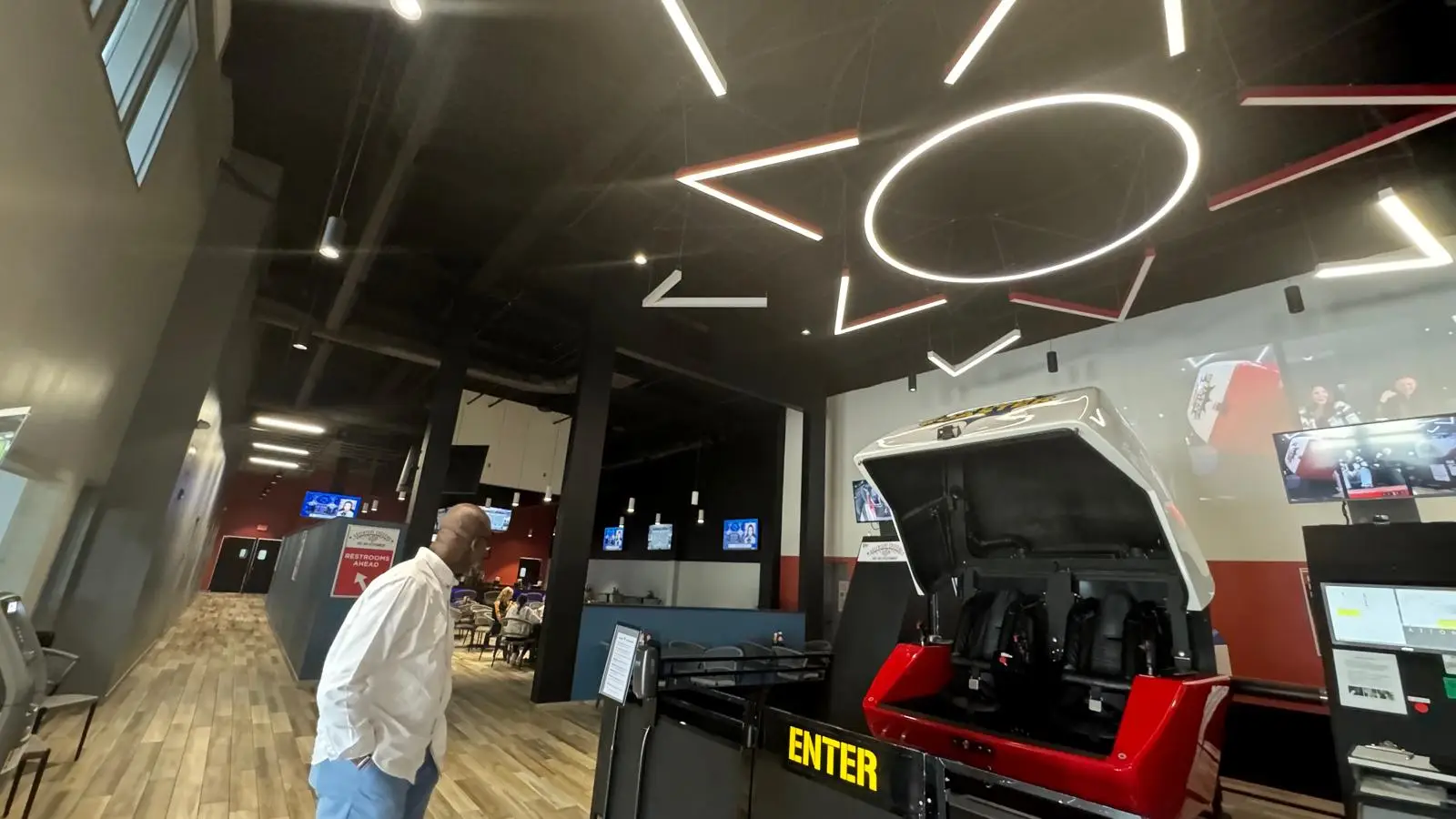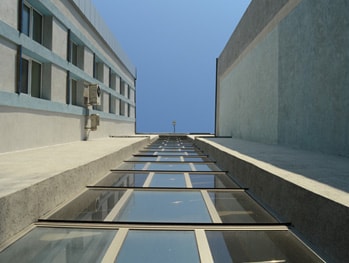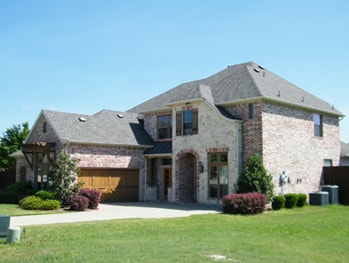Building Automation Systems with PoE
Building Automation Systems with PoE have emerged as a game changing technology, transforming the management of cables, power delivery, and network reliability in smart buildings. The concept of building automation, or smart buildings, involves integrating all of a facility’s systems into a centrally controlled network with IP based structured cabling. Smart buildings provide several benefits, including improved safety, reduced labor and operating costs, simplified asset management and energy efficiency through automation and data collection.
PoE enables the simultaneous transmission of data and power through Ethernet cables. The system infrastructure consists of (PSE) PoE switches, which sends power over an Ethernet cable; then PoE devices , receive the power and utilize it to operate. By eliminating the need for a separate power cable, PoE devices facilitate flexible and cost effective deployments.
1.Lighting controls and automation
PoE smart lighting systems provide customizable lighting options and advanced control features. Building managers can adjust brightness, color temperature, and automate lighting schedules to support efforts to reduce energy consumption. through the use of sensors, schedules and machine learning.
2.Site security and surveillance
PoE security cameras, door locks, access control systems and PA systems offer building managers and security personnel real-time monitoring and advanced safety. These devices can be seamlessly integrated into the smart building PoE networks, providing connected control and management while ensuring reliable connectivity. With PoE, owners do not have to worry about systems malfunctioning during an internet outage, power outage. With centralized control through a BAS control and automation is easy to install and seamless to integrate.

3.Climate control systems (HVAC)
PoE smart thermostats allow building managers to control building conditions and optimize energy usage for heating and cooling systems. When integrated with smart devices like occupancy sensors and weather data, smart thermostats can deliver even greater functionality and efficiency.
4. Wireless Access Points
PoE W.A.P’s allow for wireless connectivity thoughout the facility for both residents / tenants and visitors. But it can also allow for the communication of some battery operated devices and sensors.
5. Electronic signage and emergency messaging systems
PoE monitors allow for wired communication to screens that provide advertising during normal use and path of egress maps during an emergency event.
5 Benefits of PoE networks
In today’s era of digital connectivity, the demand for smart commercial and residential buildings is rapidly increasing. Connected buildings offer enhanced control, convenience, and comfort to their occupants. PoE technology plays a crucial role in providing a reliable and efficient solution for power and data delivery within these smart buildings.
Easy Installation
PoE simplifies the installation process of power and data communications in smart buildings, particularly in retrofit projects. As mentioned, PoE transmits both power and data over a single Ethernet cable whereas alternating current (AC) power requires separate power cables for each smart device. A PoE switch manages voltage on one end and the PoE device on the other. This eliminates the need for running multiple power cables, reducing clutter and eliminating the need for additional electrical outlets. Importantly, for PoE to work effectively, a Category PoE enabled devices must be used.
Enhanced flexibility
PoE provides the flexibility to install smart devices anywhere within a space, as long as it is within 330 feet of an Ethernet port, regardless of whether a nearby electrical outlet exists. The installation of an Ethernet cable does not require an electrician, reducing cost and simplifying the process. Ethernet cables are often smaller in size and more flexible compared to typical AC power cords, making them easier to conceal or route through tight spaces. This flexibility enables optimal device placement and installation, maximizing functionality and convenience without compromising safety.
Improved cost efficiency
The cost efficiency of PoE can be best demonstrated through an anecdote. I once worked with a retail customer who received a quote of $9,000 (USD) for installing and adjusting three electrical outlets in their commercial environment. However, after considering our solution, they calculated that the cost would be only $900 to $1,200 for installing PoE. As a result, they opted for our PoE solution. This example highlights how PoE can offer substantial savings compared to traditional electrical installations.
Reliable power and data supply
When combined with an uninterruptible power supply (UPS), PoE becomes even more reliable. A UPS provides backup power for a limited time when it detects a drop in AC power, such as one that may occur during a blackout or power glitch. By leveraging PoE, owners can ensure that their smart devices continue to receive reliable power and that data transmission is preserved. In PoE enabled smart buildings equipped with UPS, critical devices like security systems, lighting, and essential appliances can continue to operate during power outages or disruptions.
Centralized control and future-proofing
PoE can scale, allowing for the addition or removal of smart devices. Compared to AC power, PoE requires less complexity in terms of rewiring, eliminating the need to re-pair or combine Bluetooth meshes or devices. This ensures a more streamlined process when expanding or modifying the smart infrastructure.
Furthermore, PoE ensures that the smart infrastructure remains adaptable and future-proof. These switches are located in a centralized network server room that controls the building system. As newer technologies emerge, PoE can accommodate them without requiring significant changes or upgrades to the existing setup. This flexibility allows for the continuous evolution and integration of new devices and technologies into the smart building network. With PoE’s ability to handle various devices and data requirements, smart buildings can embrace innovations as they arise, making PoE a valuable investment for long-term sustainability and growth.
PoE offers a reliable and efficient solution for delivering power and data, simplifying installation, and enhancing flexibility in smart buildings. It can create connected experiences within a building, providing convenience, comfort, and control to its occupants. As the smart building continues to mature, PoE will remain a crucial element in shaping the buildings of tomorrow.
The challenge to network managers and system integrators is that in larger buildings and facilities with secure parking, the distance from the network server room to PoE devices will often exceed the 100 meter distance limits of UTP copper cabling. Fiber optic cabling overcomes the distance and bandwidth limitations of UTP, allowing for distributed server rooms throughout the facility expanding the network.
Want to learn more or see a demo of the Olympus Building Automation Systems with PoE? contact us here to schedule an appointment
 Next Post
Next Post




